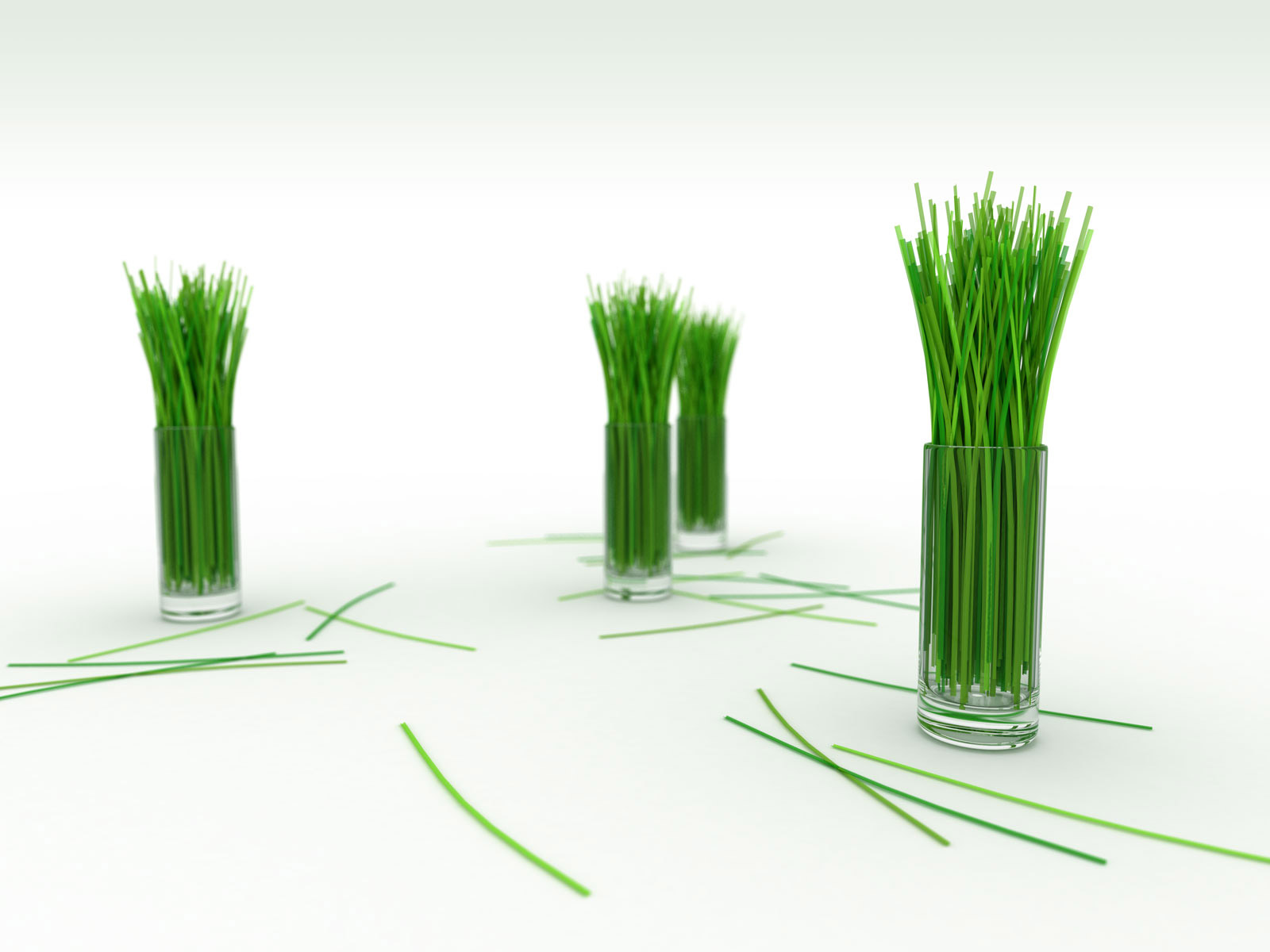Onion is chef’s or any cook’s secret weapon. Onion is among the most powerful flavoring devices in the kitchen but because onions are abundant and cheap, they, like salt and water, tend to be overlooked for what they are: a miracle ingredient that transforms food in many ways, in nearly every style of cuisine around the world. Every time i do my grocery i would buy onion, some sort of a fetish, because i have a fear to not have them when i need them.
Onion is unique compared to other ingredients in an interesting way: it behave differently to different ways one might use them. Think about it for a second, onions are not a one-note ingredient like, say, lemon juice. Lemon juice is lemon juice. Add more, or add less, heat up, cool down and it’s always lemon juice. Onion has sort of a control by how much heat you bring to it, and for how long, before you add the other ingredients it will support. Used raw, onions have one effect on a soup or sauce or stock; lightly cooked but not browned, another effect; cooked for a long time but still without color, still another effect; taken further and browned, still another. Poach onions, and they’re different again. Roast them, and they’re a unique preparation. Macerate onions in vinegar, and you have yet another effect.
Onions add both sweetness and savouriness, a satisfying depth of flavor—in varying degrees depending on how you heat them. I remembered as a child i detested onion, i would always tried to separate them before eating any dishes that incorporate them. Now, i can’t be separated from my onions whenever i cook.
As describe by Michael Ruhlman, in terms of onion as tool/technique, there are three main subjects to recognize: the workhorse onion itself, sweating, and caramelizing.
The workhorse Onion
The basic white and yellow storage onion is your workhorse onion, the onion you should always have on hand. When you shop, you should look at the quality of the onion rather than seek out a specific type, look for those with furm bulbs and tight dry skin. I always like my onions big, that way i don’t waste time peeling them. If only a portion is used, i would wrapped the leftover before storing in the refridgerator.
Sweating
Sweating (to release water to the surface if the onion into small beads, using heat) is a technique to gently heat the onion in a small amount of oil or butter without browning it. As the onion loses water, its flavors begin to concentrate, and the heat transforms the sugars in the onion into increasingly complex and delicious compounds. Try the difference, simmer some raw onion in a small amount of water for ten minutes, and do the same with some onion that has been sweated first. The water with the sweated onions will be distinctly sweeter. Use that sweetness to good effect in your dish. Sometimes when you want some raw effect (especially in stock when you do not want them to be sweet, i use raw onion directly without sweating it first). But for the majority of preparations, we need to heat the onions first, and sweating is the most common of these steps.
There are a few critical things to understand about sweating. The longer the onion is sweated, the sweeter and more complex their flavor becomes. This is your control. Sweat them for a few minutes, just until they’re translucent and softened, and they have one flavor. Sweated for two hours, without color, they are deeper, richer, and sweeter. The “without color” part is important. Once they’ve lost enough water and get hot enough to begin to brown, the flavor becomes radically different from that of sweated onions. When that happen, it is another different process by which it is called caramelizing. Understand the impact sweating has and to evaluate what effect you’re looking for. Make a plan based on what you want. And use the onion to help you get there.
Caramelizing
When most of the water in the onion has vaporizes and the onion begins to brown, we have what we called caramelized onion. Caramelized onions are sweet, savoury and nutty. The key to caramelization is time. You can’t caramelize onions quickly. The onions need to cook in stages, and if you try to use too much heat, the onions will burn before they are even brown. To caramelize onions, peel and slice them as thinly as possible. Heat a little butter or oil in a heavy pot or pan, add the onions, and cook slowly over low heat, stirring occasionally. First they will sweat, then they will drop a lot of water so that they’re stewing in onion water. The water will eventually cook off, and the onions will continue to break down and become brown. While there are infinite gradations of caramelization, practically speaking, the gradations break down into two types: lightly caramelized— when the onions are browned but still retain some of their shape—and heavily caramelized—when a big batch of onions is reduced to what appears to be nearly a darkish brown paste. How much you caramelize your onions depends how you want your finished dish to taste.
The amazing shallot
Shallot works just like the regular onion but has a sharper flavor when raw and a greater sweetness and flavor after it has been cooked or macerated in acid. Sweated, they are a great way to begin almost any kind of savory sauce. Add them raw to mushrooms you’re sautéing and they will light up those mushrooms. Caramelized, they add intense flavors to sauces, soups, and stews. Used whole, they are a great component in stews. Use them and you can bring your home cook to a new level of achievement.
